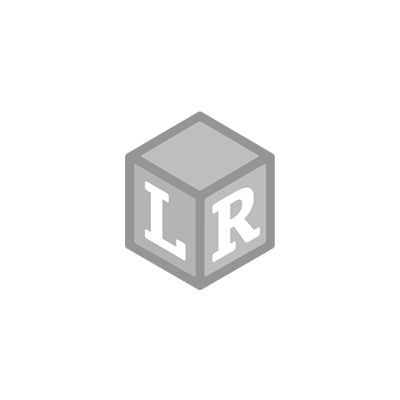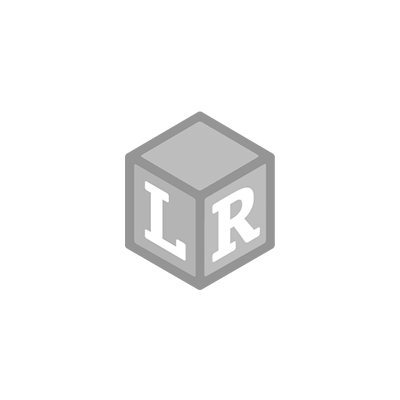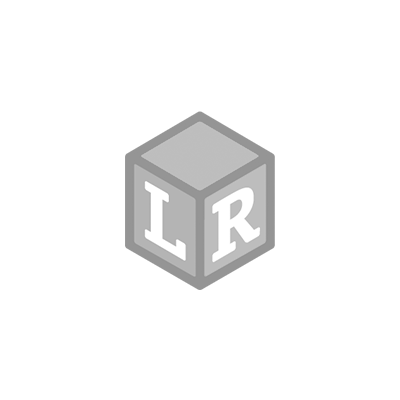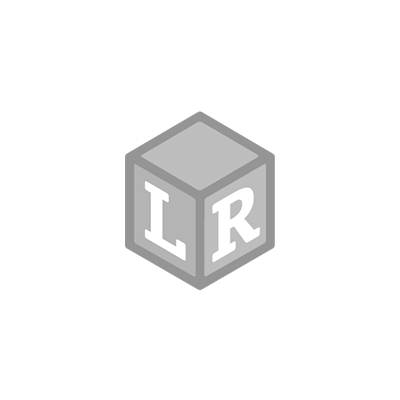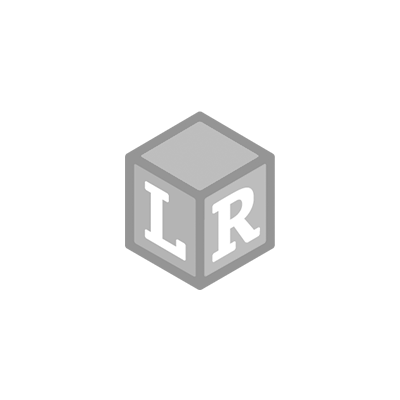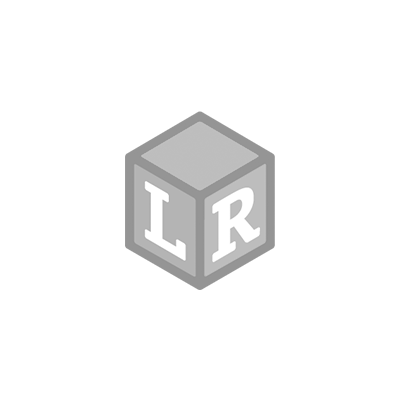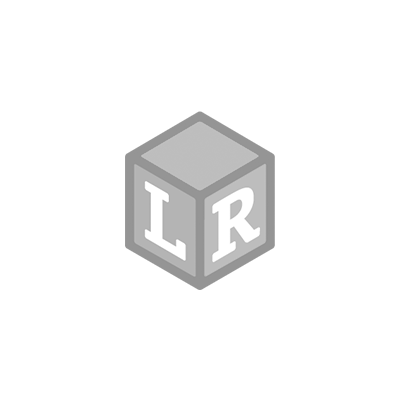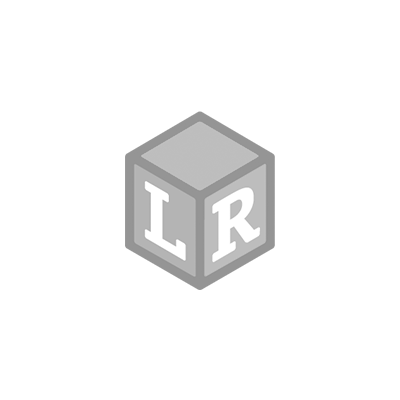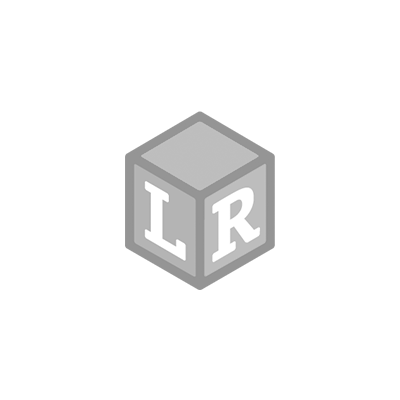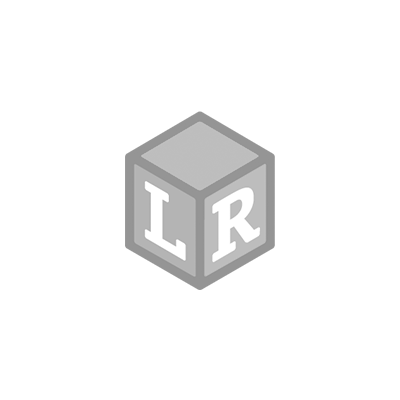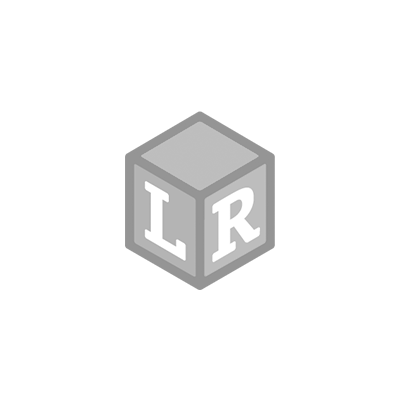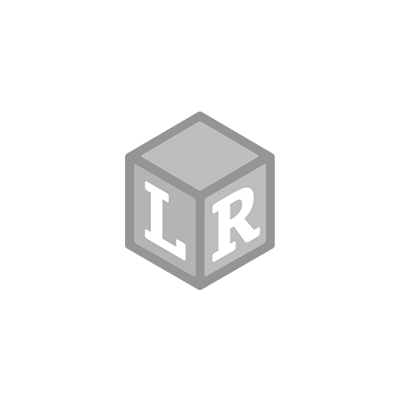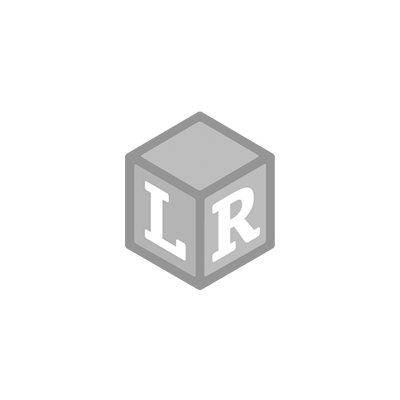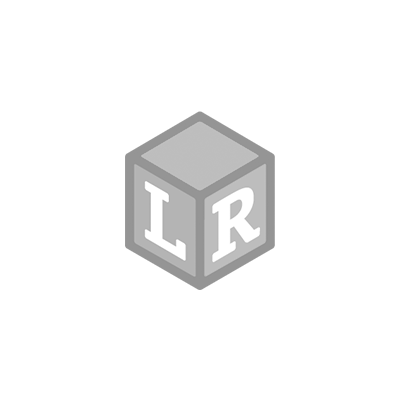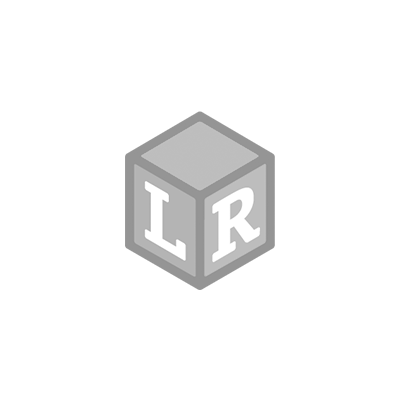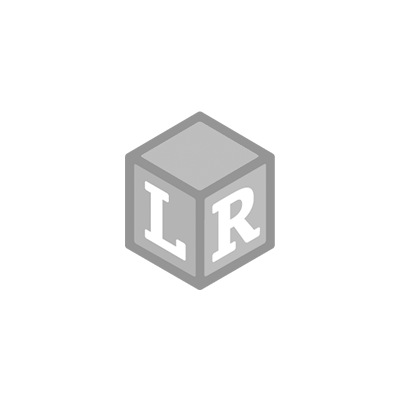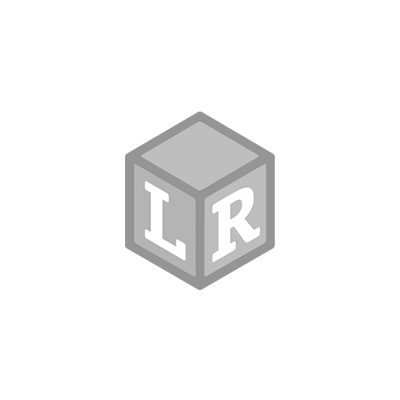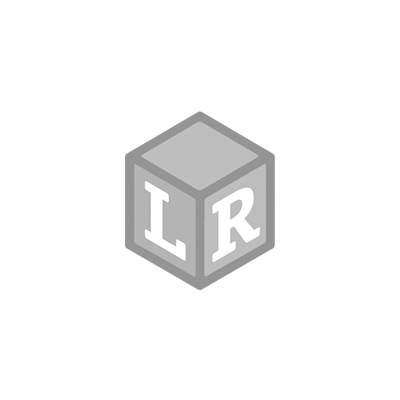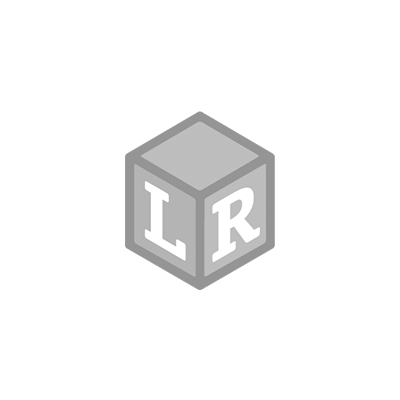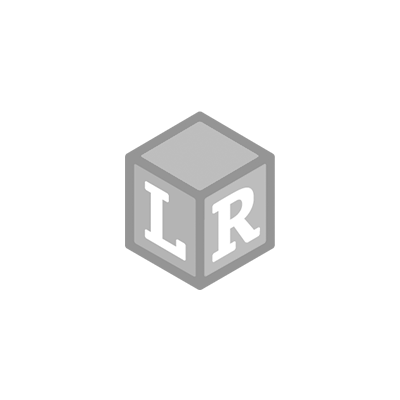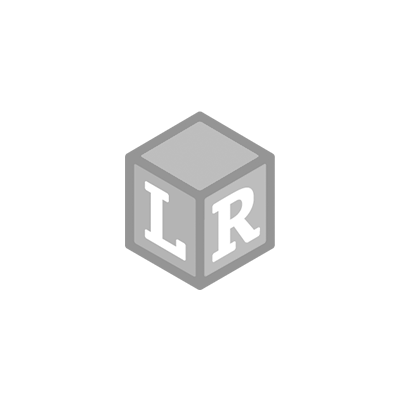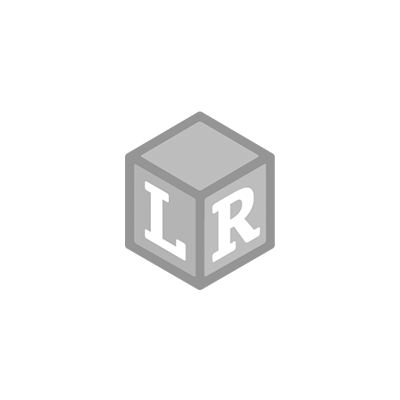
Products for Different Ages and Stages
- Gabrielle Fischer Posted On Mar 22, 2021 | Back to School
Check out how different products from Learning Resources, Hand2Mind, and Educational Insights can be combined for so many smart activities!
Fascinating sensory material for preschoolers is Educational Insights Pluffle. Set up an inviting Pluffle activity, add Hand2Mind Rainbow Fraction Measuring Cups and Learning Resources Helping Hands Fine Motor Tools™, and allow the class to explore. They will naturally converse and play collaboratively. Each time you see good behavior from the set of sticks, you can invite the child to place it in the bucket. It is always important to reinforce why this behavior was a positive one and to expand on what happened for all the children to have the exposure to positive behavior having a positive outcome. For example, at the sensory table, you might witness a child using good manners by politely asking to use one of the measuring cups, or perhaps one child compliments another for the way they are using the materials to make something cool. These behaviors can be recognized by letting the children put the sticks in the bucket. At the end of the session, ask the class to help you count how many good behaviors were displayed. You can also count how many were not seen this time around and ask students to suggest what these behaviors could look like next time around. As with any planned activity with preschoolers, sometimes the play might take a different direction, which is always a sign of an excellent open-ended play setup. With this particular activity, our preschooler decided that the behavior sticks looked like flowers and needed to be planted in a pot full of Pluffle. What a fun and exciting way to use the materials. As each ‘flower’ was planted, it was as if a good behavior was growing. Be sure to read the words on the behavior stick and continue to discuss what that behavior looks like and how it can be achieved. This particular activity even threw in some extra numeracy. It took another twist and turned into a flower shop, with customers having to order a certain number of flowers in their pot. What a fun and sneaky numeracy link! Keep the set up open-ended, and the Math and SEL opportunities will flow naturally.
As with any planned activity with preschoolers, sometimes the play might take a different direction, which is always a sign of an excellent open-ended play setup. With this particular activity, our preschooler decided that the behavior sticks looked like flowers and needed to be planted in a pot full of Pluffle. What a fun and exciting way to use the materials. As each ‘flower’ was planted, it was as if a good behavior was growing. Be sure to read the words on the behavior stick and continue to discuss what that behavior looks like and how it can be achieved. This particular activity even threw in some extra numeracy. It took another twist and turned into a flower shop, with customers having to order a certain number of flowers in their pot. What a fun and sneaky numeracy link! Keep the set up open-ended, and the Math and SEL opportunities will flow naturally.




The next time the sticks are used, why not add them to a sensory center. For example, you could set up three sensory bins in a row. Add warm tones of Educational Insights’ Pluffle, such as red or orange, in one sensory bin, use colder tones of Pluffle, such as purple or blue, in another bin, and in the middle bin have a neutral black or white color. Place all of the behavior sticks in the middle bin. Ask children to select a few sticks, read them or listen to them being read, and then decide which side they go- warm, positive tones or the colder tones which need to be discussed and improved. Children will love the sensory element to this, and you can encourage them to bury the sticks in the Pluffle, ready for other children to discover and read.


Another way to freshen up this setup would be to add the Learning Resources Helping Hands Fine Motor Tool Set™ and challenge the children not to use their hands when transferring the sticks and exploring the Pluffle. The fine motor tools and behavior buckets may lead to some entertaining building with the Pluffle as well. You can also add in some simple numeracy by asking your class to count the number of warm and positive behaviors and those that need to be developed in the colder section. The best thing about an activity like this is that it has so many different developmental benefits. There will be a continuous conversation regarding what is written on the behavior sticks. For example, when one is picked, you could ask the child to give an example of what this behavior might look like or how they would deal with someone behaving that way towards them. Children are building their sensory confidence and developing their fine motor skills and early numeracy through counting and sensory play.
Create a calm down corner and watch as the pluffle falls into place in its tube or use it in a sensory bin with sandpaper numbers as a kinesthetic formation learning center. Are you looking to add a slight twist? Turn the lights off, pour the Playfoam Pluffle Twist Glow-in-the-Dark on a plate/tray and create/draw shapes using fingers and/or clean paintbrushes. Develop healthy attitudes and acquire knowledge and skills in a comfortable learning environment. Minimize the harsh glare caused by fluorescent lights in the classroom with the Calming Clouds and Light Filters for Every Season. This will enable students to work in the optimal learning environment!



Preschool
When exploring Social and Emotional Learning with Preschoolers, it is important to make the learning play-based and relatable. At this age, they are still developing their understanding of which behaviors are acceptable and their consequences on others. For this reason, it is a good idea to create opportunities in your classroom where children can display good behaviors during their natural play, and those behaviors can be reinforced. A great way to do this could simply be to have a set of positive behavior sticks from the Good Behavior Buckets set next to your sensory play area. This is often an area where there is plenty of opportunity for collaborative play and socializing.Fascinating sensory material for preschoolers is Educational Insights Pluffle. Set up an inviting Pluffle activity, add Hand2Mind Rainbow Fraction Measuring Cups and Learning Resources Helping Hands Fine Motor Tools™, and allow the class to explore. They will naturally converse and play collaboratively. Each time you see good behavior from the set of sticks, you can invite the child to place it in the bucket. It is always important to reinforce why this behavior was a positive one and to expand on what happened for all the children to have the exposure to positive behavior having a positive outcome. For example, at the sensory table, you might witness a child using good manners by politely asking to use one of the measuring cups, or perhaps one child compliments another for the way they are using the materials to make something cool. These behaviors can be recognized by letting the children put the sticks in the bucket. At the end of the session, ask the class to help you count how many good behaviors were displayed. You can also count how many were not seen this time around and ask students to suggest what these behaviors could look like next time around.
 As with any planned activity with preschoolers, sometimes the play might take a different direction, which is always a sign of an excellent open-ended play setup. With this particular activity, our preschooler decided that the behavior sticks looked like flowers and needed to be planted in a pot full of Pluffle. What a fun and exciting way to use the materials. As each ‘flower’ was planted, it was as if a good behavior was growing. Be sure to read the words on the behavior stick and continue to discuss what that behavior looks like and how it can be achieved. This particular activity even threw in some extra numeracy. It took another twist and turned into a flower shop, with customers having to order a certain number of flowers in their pot. What a fun and sneaky numeracy link! Keep the set up open-ended, and the Math and SEL opportunities will flow naturally.
As with any planned activity with preschoolers, sometimes the play might take a different direction, which is always a sign of an excellent open-ended play setup. With this particular activity, our preschooler decided that the behavior sticks looked like flowers and needed to be planted in a pot full of Pluffle. What a fun and exciting way to use the materials. As each ‘flower’ was planted, it was as if a good behavior was growing. Be sure to read the words on the behavior stick and continue to discuss what that behavior looks like and how it can be achieved. This particular activity even threw in some extra numeracy. It took another twist and turned into a flower shop, with customers having to order a certain number of flowers in their pot. What a fun and sneaky numeracy link! Keep the set up open-ended, and the Math and SEL opportunities will flow naturally.


Kindergarten
Addressing Social and Emotional Learning in Kindergarten is a great way to help children put their best foot forward as they start Elementary school. There are many ways to do this through regular conversations and using teachable moments, but there are also some great targeted activities using specifically designed products. Learning Resources Good Behavior Buckets help children make good choices, but more importantly, they allow children to reflect on the choices they have made and how they may have impacted themselves and their peers. A great way to introduce this product to your class is to read out the behavior sticks and ensure that the children understand the language used on each stick.



First Grade
Now more than ever, social-emotional learning (SEL) is becoming widely recognized as an integral part of child development. It is an educator’s number one priority to establish a safe and comfortable learning environment for our students. Fortunately, Hand2Mind, Educational Insights, and Learning Resources have developed products that can support educators in fostering SEL in the primary classroom. First graders can manage their emotions through mindfulness sensory play using the Playfoam Pluffle.Create a calm down corner and watch as the pluffle falls into place in its tube or use it in a sensory bin with sandpaper numbers as a kinesthetic formation learning center. Are you looking to add a slight twist? Turn the lights off, pour the Playfoam Pluffle Twist Glow-in-the-Dark on a plate/tray and create/draw shapes using fingers and/or clean paintbrushes. Develop healthy attitudes and acquire knowledge and skills in a comfortable learning environment. Minimize the harsh glare caused by fluorescent lights in the classroom with the Calming Clouds and Light Filters for Every Season. This will enable students to work in the optimal learning environment!


Second Grade
Second grade is known for being a year with a significant amount of social growth and development. It is essential to initiate discussions about feelings and to show empathy for others. The Good Behavior Bucket can be the perfect tool to foster these class conversations around establishing and maintaining supportive relationships. Through these discussions, teachers and students can model making responsible and caring decisions. Second graders can also get hands-on to explore measurement and volume using the Rainbow Fraction Measuring Cups in a sensory bin with rainbow Playfoam Pluffle. Challenge their mindset, knowledge, and skills by ordering fractions from least to most significant and identifying equivalent fractions. Social, emotional learning can help empower students, and these learning tools can create thriving schools and contribute to safe and healthy communities.

 Shop UK Site
Shop UK Site 

